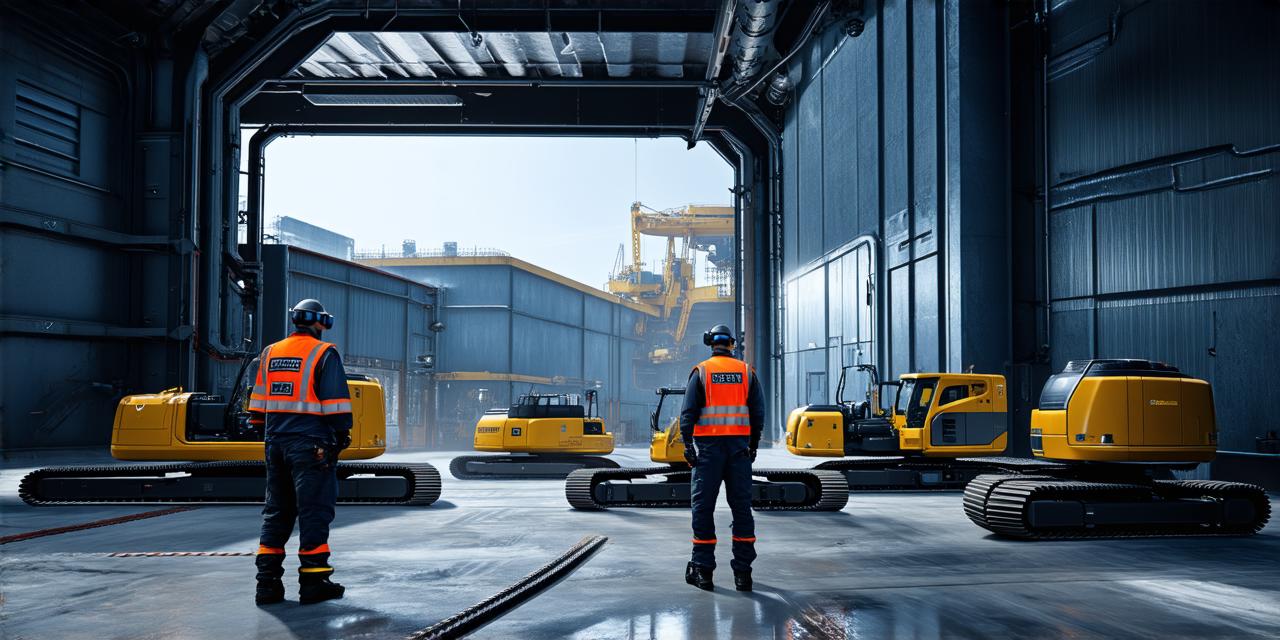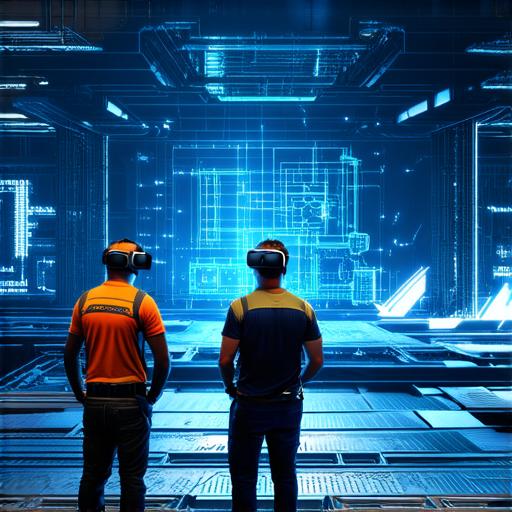
How can the construction industry make use of virtual reality?
1. Planning and Design
One of the main benefits of virtual reality in the construction industry is its ability to assist with planning and design. Virtual reality technology allows architects and builders to create immersive simulations of their projects, which can be used to test different design options and make changes before construction begins. This can save time and money by reducing the need for physical prototypes and models, and allowing for more efficient communication between designers and clients.
2. Training and Education
Virtual reality can also be used for training and education purposes within the construction industry. By creating realistic simulations of construction sites and equipment, virtual reality can provide a safe and controlled environment for workers to practice their skills and learn new techniques. This can help reduce the risk of accidents and injuries on the job site, and improve overall job performance.
3. Visualization and Communication

Virtual reality can also be used to enhance visualization and communication within the construction industry. By allowing stakeholders to view a project in 3D, virtual reality can provide a more immersive and realistic experience than traditional 2D drawings or models. This can help ensure that everyone involved in a project is on the same page, and can improve collaboration and decision-making.
4. Project Management
Virtual reality can also be used for project management purposes within the construction industry. By creating a virtual representation of a project, architects and builders can track progress, identify potential issues, and make changes in real time. This can help reduce the risk of delays and cost overruns, and improve overall project efficiency.
Case Study: The Impact of Virtual Reality on Construction Planning
One example of how virtual reality has been used to enhance planning and design within the construction industry is the use of virtual reality in the design of the new Royal Opera House in London. Architects and builders used virtual reality technology to create a detailed simulation of the project, which allowed them to test different design options and make changes before construction began.
The use of virtual reality in this project resulted in a significant reduction in the number of physical prototypes and models that were required, as well as a reduction in the need for physical site visits. This helped to save time and money, and allowed for more efficient communication between designers and clients.
Expert Opinion: The Future of Virtual Reality in Construction
According to Dr. Paul Wagener, a professor at the University of Illinois College of Architecture who specializes in virtual reality in construction, “Virtual reality has the potential to revolutionize the way we design and build structures.” He notes that virtual reality can help improve efficiency, reduce costs, and enhance communication within the industry.
Dr. Wagener believes that the future of virtual reality in construction will involve increasingly sophisticated simulations that are able to mimic real-world conditions with greater accuracy. He also predicts that virtual reality will become more accessible and user-friendly, allowing architects and builders at all levels to take advantage of its benefits.
Real-Life Examples of Virtual Reality in Construction
One example of a company that is currently using virtual reality in the construction industry is Bechtel, a global engineering and construction firm. Bechtel has used virtual reality technology to create simulations of several of its projects, including the Chevron refinery in Richmond, California.


